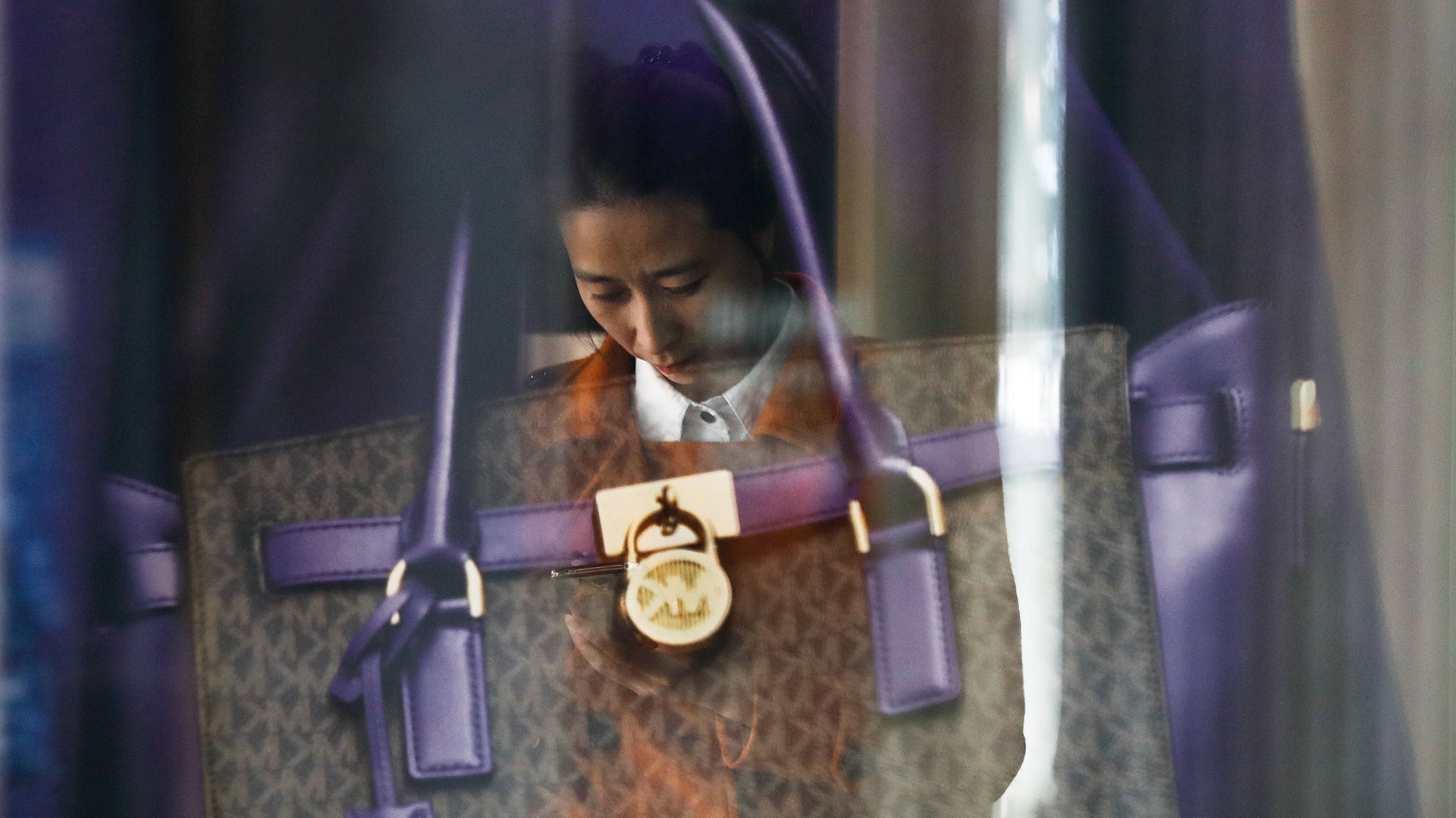What’s really driving China’s big luxury rebound
The good times are back for luxury brands in China.


The good times are back for luxury brands in China.
Just look at this chart based on a June 7 report by management consulting firm Bain & Company, a leading tracker of the global luxury market.
Bain’s analysts predict that sales of luxury goods will grow 20%-22% in mainland China this year, at least doubling the rate of growth seen anywhere else in the world. (The figures in the chart show the upper limit of Bain’s forecast for each region.) Given that Chinese shoppers are the world’s biggest spenders on luxury—including the giant number of purchases they make outside of China—the news is certainly welcome to peddlers of high-end goods.
The Chinese luxury market had stalled a couple years ago, after a years-long surge that saw a torrent of Chinese shoppers entering the market and making their first luxury purchases. But an economic slowdown in the country, a corruption crackdown that curtailed the swapping of expensive gifts among officials, and the tendency of big-spending Chinese to do their shopping abroad—in places such as Europe, where luxury products were cheaper—all contributed to a slump in the luxury business on the Chinese mainland.
Last year, though, the market rebounded, and this year strong growth seems set to continue. Bain doesn’t expect a return to the boom years of roughly 2010 to 2014, though, when brands could practically sit back and watch their sales rise. Now they have to work hard to draw shoppers, and there will be clear winners and losers. Bain noted that revised local pricing, which aligns prices in China more closely to those abroad, and brands using localized strategies to attract and satisfy customers are helping to boost sales.
A major reason for the rebound is the rise of Chinese millennials, who have more spending power and are buying pricey goods more often and at younger ages than previous generations. Their tastes tend to be different than those of their forebears; like other young shoppers around the world, they’re buying more casual clothes and streetwear-inspired items.
These young Chinese are buying in large numbers online, in a shopping culture that is heavily influenced by social media and frequently playing out on networks such as WeChat, China’s biggest social-media app. WeChat is much more than just a place to share articles or pictures. As Quartz writer Zheping Huang has described it, “Owned by tech giant Tencent, WeChat has evolved from China’s answer to WhatsApp to an all-in-one app that let users order food, hail cars, and pay utility bills through its payment function.” Many Western luxury brands are steadily increasing their presence on the app to reach China’s young shoppers, as well as on sites such as Tmall, Alibaba’s business-to-consumer shopping platform.
This shift in luxury shopping is having interesting side effects in China. As the New York Times reported (paywall), physical stores run by luxury labels in cities such as Beijing and Shanghai can often be found empty. Instead, much of the action is happening digitally.